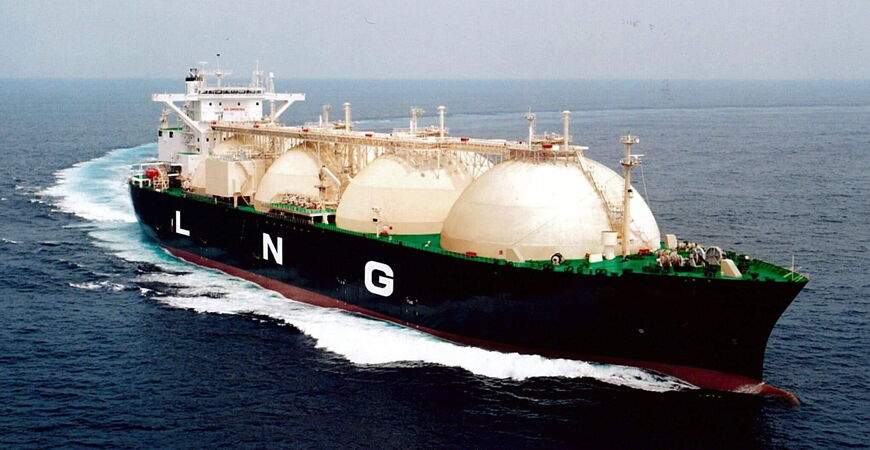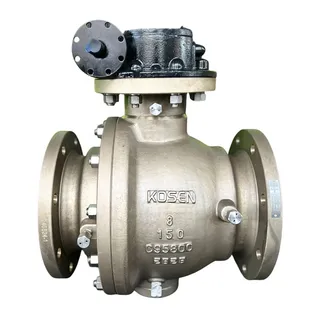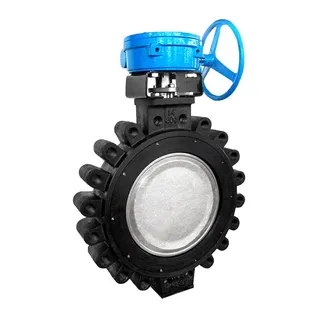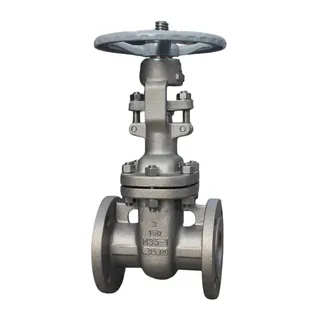
In the absence of pipelines, gaseous hydrocarbons can be efficiently transported and stored once they are converted into a liquid state.
Petroleum gases liquefy at ambient temperature with compression to a few bars (such as LPG), whereas methane (natural gas) must be cooled to -160°C to become LNG.
Valves used in "low-temperature" applications are designed for environments such as arctic climates or situations involving rapid gas depressurization (blowdown), where they may need to operate in frozen conditions depending on the valve configuration.
Cryogenic valves are specifically designed to handle liquefied gases, such as LNG, and must function effectively at extremely low temperatures.
Dual-seated cryogenic valves feature specialized seating arrangements that prevent liquid from being trapped in body cavities and ensure reliable downstream sealing performance.
KOSEN manufactures a full range of cryogenic valves, including Gate, Globe, Check, Ball, and Butterfly valves, as well as control valves, all designed and qualified according to BS 6364 standards. These valves undergo extensive testing at -196°C, including helium testing under a liquid nitrogen bath, to ensure optimal performance.
With extensive experience and ongoing development supported by our R&D department and testing facilities, KOSEN guarantees reliable performance across the entire LNG market, including liquefaction processes (including offshore FLNG), storage, sea transport, and regasification at end-user locations.
Our capabilities also extend to industrial applications involving other liquefied gases, such as Ethylene.


